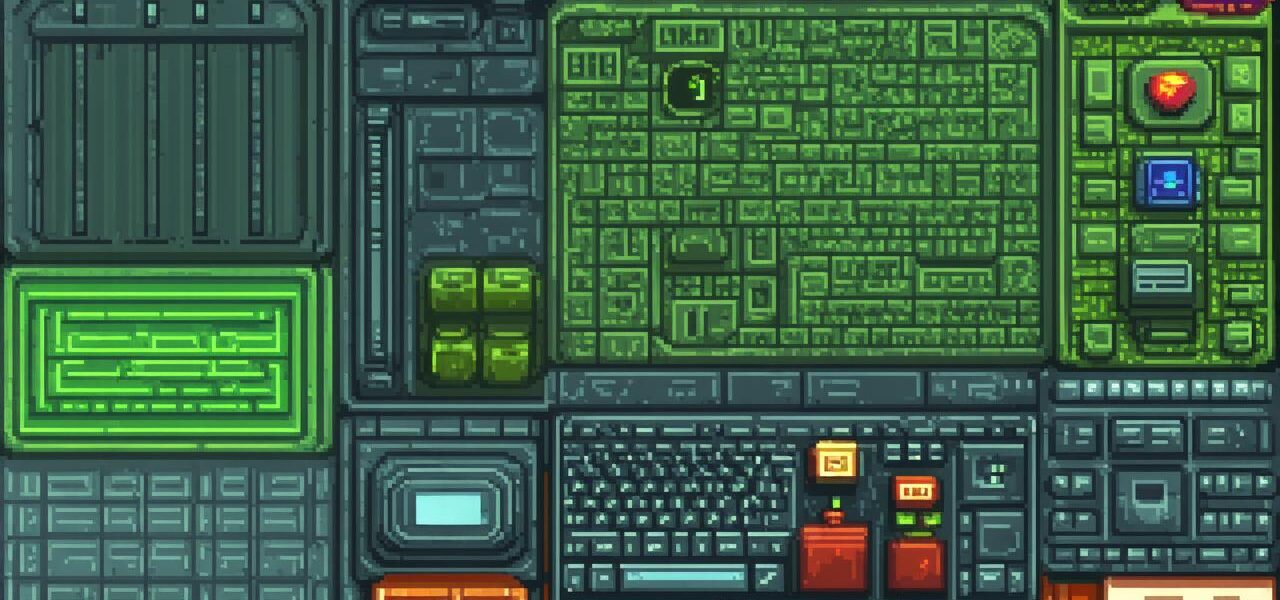Unlocking the Casual Genre in Game Dev Tycoon
If you’re a game developer looking to create games that appeal to a wider audience, you’ve probably considered incorporating casual elements into your games. Casual gaming has become increasingly popular in recent years, with millions of people around the world playing mobile games and social media games every day.
What is Casual Gaming?
Casual gaming refers to games that are designed to be easy to play and accessible to a wide range of players. These games often have simple controls, short gameplay sessions, and are optimized for mobile devices or social media platforms. Examples of casual games include Candy Crush, Angry Birds, and Farmville.
The Benefits of Casual Gaming
There are many benefits to incorporating casual elements into your games. For one, casual gaming can help you reach a wider audience, as these games tend to be more accessible and appealing to non-gamers. This can lead to increased revenue and growth for your game development business. Additionally, casual games can provide a fun and engaging way for people to unwind and relax during their free time, making them an attractive option for players of all ages.
Step 1: Research the Casual Market
The first step in creating successful casual games is to research the market. This means looking at what types of games are popular with casual players and identifying trends and patterns in the industry. You can do this by analyzing data on app stores, social media platforms, and other online gaming platforms, as well as reading industry reports and attending game development conferences.
Step 2: Identify Your Target Audience
Once you’ve done your research, it’s important to identify your target audience. Who are the people who are most likely to enjoy your game? Are they young adults, busy professionals, or stay-at-home parents? Understanding your target audience will help you design a game that appeals to them and meets their needs.
Step 3: Choose the Right Game Mechanics

The next step is to choose the right game mechanics for your casual game. This means selecting elements such as controls, levels, challenges, and rewards that are easy to understand and enjoyable for players of all skill levels. You’ll also want to consider incorporating social elements into your game, such as leaderboards or multiplayer modes, which can help players compete with friends and engage with a larger community.
Step 4: Optimize Your Game for Mobile Devices
Mobile devices are a key platform for casual gaming, so it’s important to optimize your game for these devices. This means designing your game with touch controls in mind, using large fonts and clear graphics, and testing your game on a variety of devices to ensure that it works well across different screen sizes and resolutions.
Step 5: Launch Your Game and Promote It
Once you’ve created your casual game, it’s time to launch it and promote it to your target audience. This can involve using social media platforms, online advertising, or partnerships with other game development companies to reach potential players. You’ll also want to monitor player feedback and make adjustments to your game as needed to improve the overall experience for your users.
Case Studies: Successful Casual Games in Game Dev Tycoon
To illustrate how to unlock the casual genre in Game Dev Tycoon, let’s look at some real-life examples of successful casual games created by other developers.
Example 1: Candy Crush Saga
Candy Crush Saga is a popular puzzle game that was launched in 2012 and quickly became one of the most downloaded games on mobile devices. The game features simple controls, colorful graphics, and addictive gameplay that keeps players coming back for more. Candy Crush Saga also incorporates social elements such as leaderboards and the ability to share progress with friends, which helps to keep players engaged and motivated.
Example 2: Angry Birds
Angry Birds is another popular casual game that was launched in 2009 and quickly gained a massive following.




